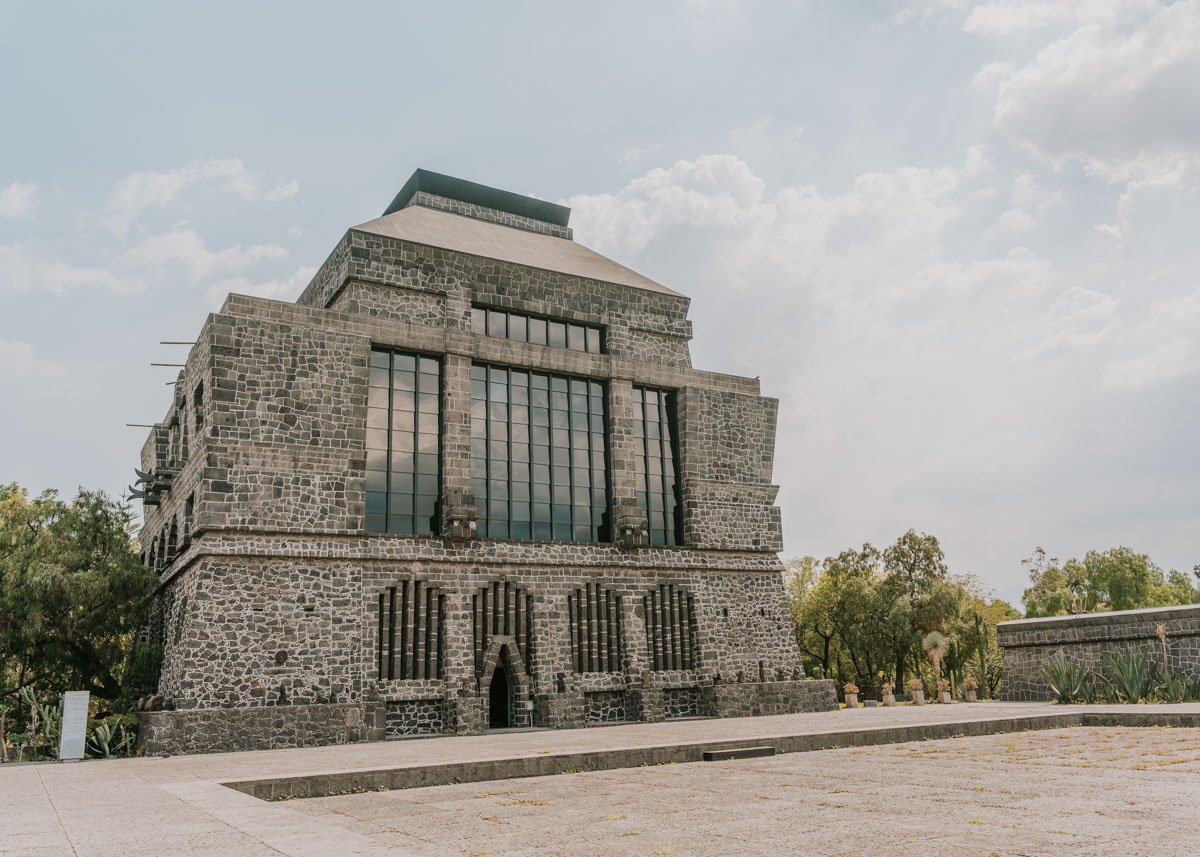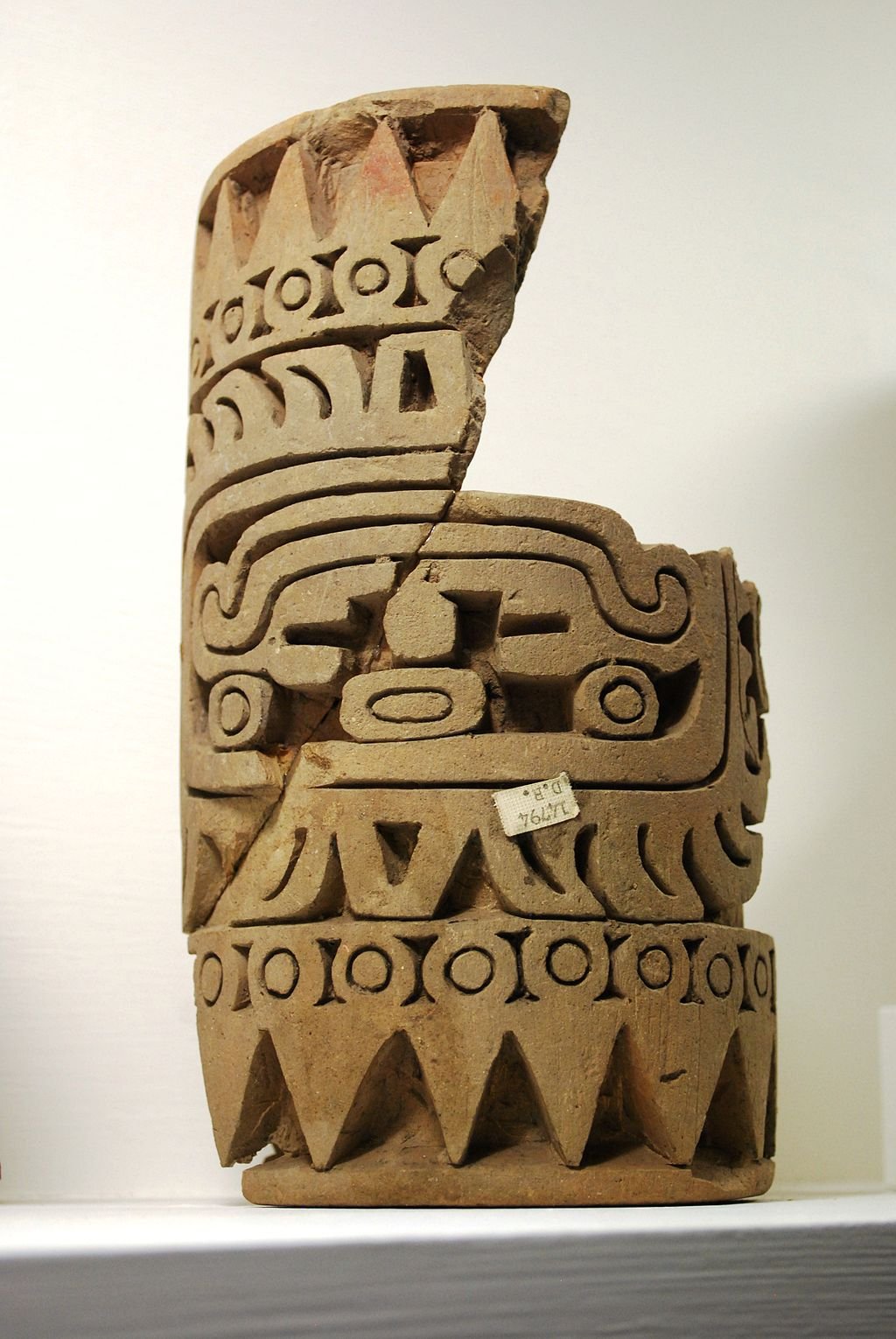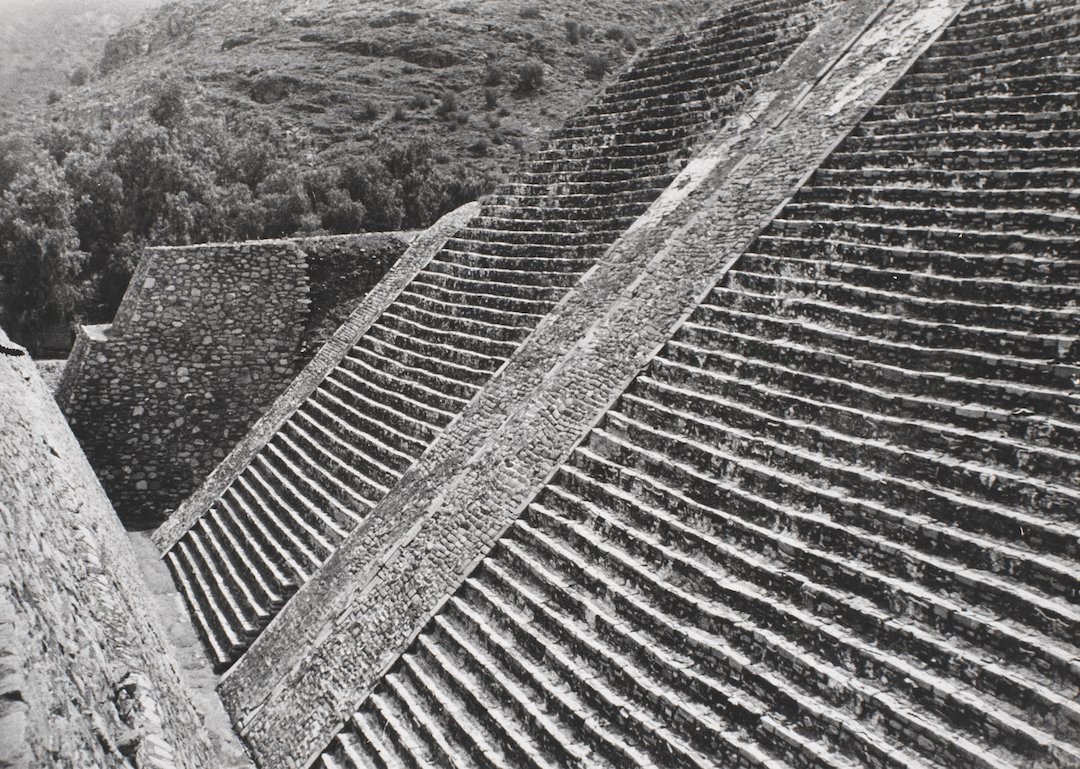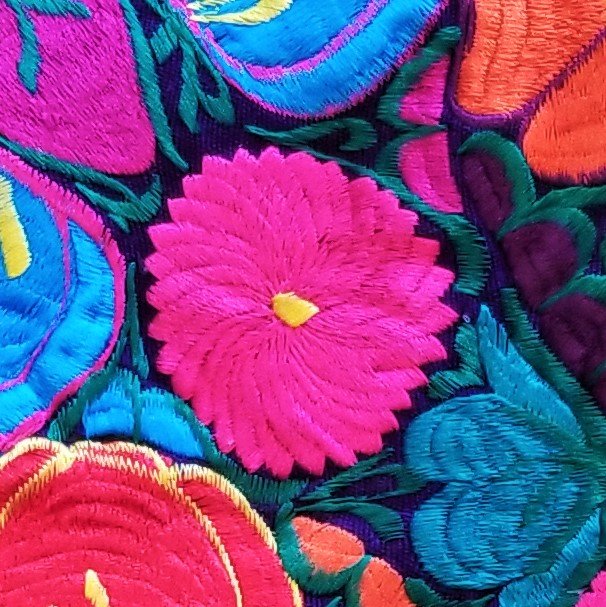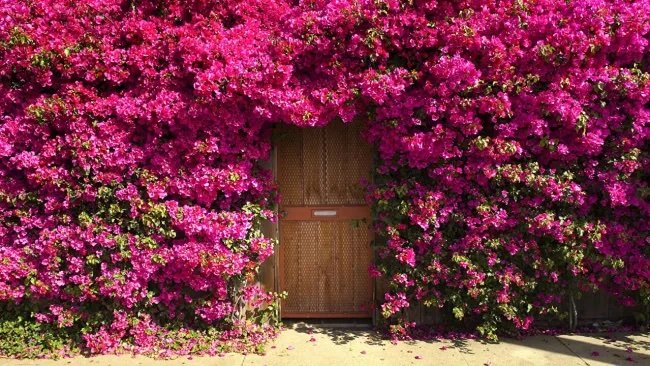Pueblo Mágico
One of the beautiful showrooms I visited featuring handcrafted, functional pieces made by artisans using natural materials.
One of the most important cooking tools in my kitchen is a vintage stainless steel 5-quart stock pot. To another person’s eye, it’s nothing special. There is no brand name. It’s dented, discolored, worn, and scratched from decades of enduring scorching water boiling over its sides and the abuse of countless spoons scraping burnt rice from its bottom. What makes this pot special is the historical connection I have with it. It was my grandmother’s pot. More than the memories of her mashing (perfectly cooked) potatoes or dropping (skillfully crafted) homemade dumplings into (precisely spiced) hand-picked crab soup, is the connection I feel to her whenever I cook with her pot. I may not cook as well as she did, but the magic of the pot is in feeling my grandmother’s strong, worn, beautiful, hardworking hands cooking alongside mine. I visualize her hands often and think about how they told the story of her life.
Last month I attended Zona Maco, one of Latin America’s leading art fairs, held annually in Mexico City. On the back of my sourcing trip to Paris, I attended México Arte Contemporáneo with the intention of continuing to add beautiful, unique, and handcrafted goods to our library so that we can integrate them into our projects.
What I encountered in Mexico was nothing short of magic. It took me some time to unwrap the experience, and finally, I was reminded of my grandmother’s pot and of her hands that lovingly crafted so many memorable meals. The deeper I delved into Mexican design, the more it resonated with me that design possesses the power to connect us with our inner selves and shape our identity.
The Museo Anahuacalli, conceived by Diego Rivera, blends Mayan, Toltec, and Aztec influences. It houses his vast collection of pre-Columbian artifacts, sketches, and stone mosaics, and is crafted from volcanic stone extracted from the temple's grounds. Each year, the museum hosts a contemporary artist to bridge past and present. During my visit, Wyatt Kahn's "Fantasmas" exhibit harmonized with the space, exploring spatial relationships and creating a dialogue between past and present. Photos my own and courtesy of Your Friend The Nomad and Wikipedia.
Throughout my trip, I was marveled by the intersection of heritage and modernization, where architecture, design, and art were both innovative and made using traditional materials and methods. Mexico City is a cultural fusion, encompassing diverse perspectives, all of which are reflected in the fiber of the city’s neighborhoods, food, and creative expression.
Newell Turner, the author of “Mexican: A Journey Through Design”, stated on Suzy Chase’s podcast, Decorating by the Book, “to understand design, you need to understand where it comes from and how it takes shape”. While shuttling between fairs and showrooms via numerous Uber rides, I continually recalled Turner's emphasis on craftsmanship. In Mexico City, I discovered the perfect axis of form and function, where the essence of design shines through the artist’s skill in conveying the rich tapestry of a complex history, culture, and an intricate process of creation that defines their identity.
German-born artist Josef Albers and his wife, artist and weaver Anni Albers, made frequent visits to Mexico between 1935 and 1967, during which they explored and documented ancient archaeological sites. Albers developed a profound interest in pre-Columbian art and architecture, influencing his contemporary prints and paintings. He was particularly captivated by the dynamic geometric forms and authentic materials, evident in his pioneering approach to modern art and design. Images courtesy of the Josef and Anni Albers F Foundation, the the Solomon R. Guggenheim Foundation, and The New York Times.
A vendor explained it best by saying, “we have a very complicated process to make objects that are so simple”. Mexican design is intentional. Furniture, lighting, and accessories are considered art. They are showcased in art galleries, where each object is given considerable breathing space for the viewer to enjoy and experience the piece, rather than crammed into showrooms.
Even sleek, contemporary designs bear the significance of being tethered to the past, to nature, artistic expression, and the craftsmanship involved in their creation. Preservation harmoniously intertwines with innovation, offering a profound realization of how history, national identity, and culture seamlessly integrate into present-day society.
Color has the power to convey a national identity. Mexican Pink (Rosa Mexicano), deeply intertwined with Mexico’s rich history and culture, permeates gardens, traditional textiles, fashion, toys, art, candies, and beyond. Renowned architect Luis Barragan embraced Mexican Pink in his designs, connecting nature, light, and heritage to the vibrant future of modernism he envisioned. Photos courtesy of My Slice of Mexico, Mexican Daily Post, and Erika Carlock.
Whether shaping a space that evokes a sense of historical resonance and familiarity, or creating an environment that reflects the world we aspire to inhabit, our personal connection to space lies at the core of our identities. This connection is the thread that communicates our individuality in the world. It is woven through the objects that surround us and the hands that craft them, narrating the story of who we are.
Engaging with a designer goes beyond simply filling a space with objects. Designers connect interiors with emotion, thereby expressing distinctiveness, personal values, and unique personality. I am appreciative of the opportunity to deepen my understanding of Mexican design. Their fundamental significance of craftsmanship and integration of identity is something we incorporate in all our projects. Even for clients who may not align with the Mexican design aesthetic specifically, I believe we can universally appreciate the transformative power of a touch of magic.
Connection to our spaces & ourselves.
Estamos emocionados de mostrarte lo que sigue.RB.


